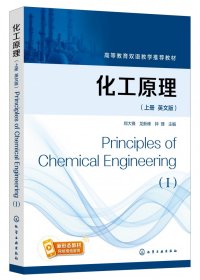
化工原理(郑大锋)(英文版上册)PrinciplesofChemicalEngineering(I)
正版保证 新华库房直发 可开电子发票 七天无理由退货让您购物无忧
¥ 67.5 7.6折 ¥ 89 全新
库存2件
北京东城
认证卖家担保交易快速发货售后保障
作者编者:郑大锋//龙新峰//钟理|责编:徐雅妮//任睿婷
出版社化学工业
ISBN9787122410306
出版时间2022-10
装帧其他
开本其他
定价89元
货号31552833
上书时间2024-04-04
- 最新上架
商品详情
- 品相描述:全新
- 商品描述
-
目录
Introduction1
0.1 Unit Systems and Unit Conversion3
0.1.1 Unit Systems3
0.1.2 Conversion of Unit Systems4
0.2 Basic Laws and Relationship of Unit Operations6
0.2.1 Mass Balance6
0.2.2 Energy Balance8
0.2.3 Process Balance and Rate8
0.3 Features, Contents and Tasks of Principles of Chemical Engineering9
Chapter 1 Fluid Flow10
1.1 Basic Characteristics of Fluids10
1.1.1 Continuity of Fluids10
1.1.2 Compressibility of Fluids11
1.2 Hydrostatics and Its Applications12
1.2.1 Density of Fluids12
1.2.2 Static Pressure of Fluids13
1.2.3 Static Equilibrium Law of Fluids14
1.2.4 Applications of Static Equilibrium Law of Fluids17
1.3 Basics of Fluid Dynamics21
1.3.1 Basic Concepts of Fluid Flow22
1.3.2 Viscosity of Fluids25
1.3.3 Flow Patterns and Reynolds Number31
1.3.4 Separation of Flow Regions and Boundary Layers35
1.3.5 Velocity Distribution of the Fluid in Tubes41
1.4 Conservation Principles of Fluid Flow44
1.4.1 Continuity Equation of Mass Conservation45
1.4.2 Navier-Stokes Equation of Momentum Conservation46
1.4.3 Bernoulli Equation of Mechanical Energy Conservation48
1.5 Resistance Loss of Fluid Flow57
1.5.1 Resistance Loss in Straight Pipes58
1.5.2 Resistance Loss of Fittings or Valves68
1.5.3 Calculation of Total Resistance Loss71
1.6 Pipeline Design73
1.6.1 Calculation of Simple Series Pipelines74
1.6.2 Calculation of Parallel Pipelines75
1.6.3 Calculation of Branch Pipes77
1.6.4 Calculation of Pipe Networks79
1.7 Applications of Fluid Dynamics82
1.7.1 Flow Velocity Measurement82
1.7.2 Flow Rate Measurement84
Words and Expressions93
Notes93
Calculation Exercises95
Short Assay Exercises102
Chapter 2 Fluid Transportation Machinery104
2.1 Centrifugal Pumps105
2.1.1 Main Components and Working Principles of Centrifugal Pumps105
2.1.2 Basic Equations of Centrifugal Pumps107
2.1.3 Main Performance Parameters and Characteristic Curves of Centrifugal Pumps110
2.1.4 Suction Lift of Centrifugal Pumps115
2.1.5 Operating Point of Centrifugal Pumps and Regulation120
2.1.6 Combined Pumps125
2.1.7 Selection of Centrifugal Pumps126
2.2 Other Types of Pumps131
2.2.1 Reciprocating Pumps131
2.2.2 Metering Pumps137
2.2.3 Diaphragm Pumps137
2.2.4 Gear Pumps138
2.2.5 Screw Pumps138
2.2.6 Vortex Pumps138
2.3 Gas Transportation Machinery140
2.3.1 Basic Concepts140
2.3.2 Centrifugal Fans141
Words and Expressions145
Notes145
Calculation Exercises147
Short Assay Exercises149
Chapter 3 Heterogeneous Separation150
3.1 Characteristics of Particles and Particle Beds151
3.1.1 Particle Characteristics151
3.1.2 Characteristics of Granular Beds154
3.2 Settling of Particles155
3.2.1 Gravity Settlement and Equipment156
3.2.2 Centrifugal Settlement and Equipment164
3.2.3 Electric Settlement-Electrostatic Precipitator172
3.3 Filtration172
3.3.1 Basic Concepts of Filtration Processes173
3.3.2 Basic Theories and Filtration Equations of Filtration Processes175
3.3.3 Calculation of Filtration Processes180
3.3.4 Determination of Filtration Constants181
3.3.5 Filter Equipment183
3.3.6 Filter Cake Washing188
3.3.7 Production Capacity of Filters189
Words and Expressions192
Notes192
Calculation Exercises194
Short Assay Exercises196
Chapter 4 Heat Transfer and Heat Exchange Equipment198
4.1 Basic Concepts198
4.1.1 Basic Heat Transfer Patterns and Mechanisms199
4.1.2 Heat Transfer Modes and Heat Exchangers of Cold and Hot Fluids200
4.1.3 Heat Carriers and Selection202
4.2 Heat Conduction203
4.2.1 Basic Concepts of Heat Conduction203
4.2.2 Fourier apos;s Law204
4.2.3 Heat Conduction Coefficient204
4.2.4 Steady Heat Conduction of Flat Wall206
4.2.5 One-dimensional Steady Heat Conduction in Cylindrical Wall209
4.3 Convective Heat Transfer213
4.3.1 Convective Heat Transfer and Classification213
4.3.2 Convective Heat Transfer Rate and Convective Heat Transfer Coefficients215
4.3.3 Factors Affecting Convective Heat Transfer Coefficients216
4.3.4 Temperature Boundary Layers and Convective Heat Transfer Analysis218
4.3.5 Determination of the Dimensionless Group and Correlation of Convective Heat Transfer Coefficients219
4.4 Convective Heat Transfer Coefficients without Phase Change223
4.4.1 Forced Convective Heat Transfer in Tubes223
4.4.2 Forced Convective Heat Transfer Coefficients of Fluid outside Tubes228
4.5 Convective Heat Transfer with Phase Change233
4.5.1 Heat Transfer through Vapor Condensation234
4.5.2 Heat Transfer through Boiling240
4.6 Radiative Heat Transfer246
4.6.1 Basic Concepts246
4.6.2 Radiative Heat Transfer between Two Solids251
4.6.3 Combined Heat Transfer by Convection and Radiation255
4.6.4 Heat Loss outside the Insulation Layer256
4.7 Total Heat Transfer Rate and Heat Transfer Processes258
4.7.1 Heat Balance259
4.7.2 Total Heat Transfer Rate Equation260
4.7.3 Total Heat Transfer Coefficient 261
4.7.4 Average Temperature Difference of Heat Exchangers266
4.7.5 Heat Transfer Efficiency Methods275
4.8 Heat Exchangers279
4.8.1 Types of Heat Exchangers279
4.8.2 Technologies of Enhanced Heat Transfer and New Heat Transfer Equipment289
4.8.3 Models and Standards of Tubular Heat Exchangers293
4.8.4 Issues to be Considered when Designing Shell-and-tube Heat Exchangers294
4.8.5 Selection and Design of Tube-and-shell Heat Exchangers300
Words and Expressions304
Notes304
Calculation Exercises306
Short Assay Exercises313
Chapter 5 Evaporation315
5.1 Evaporation Equipment316
5.1.1 Natural Circulation Evaporators316
5.1.2 External Heating Evaporators and Forced Circulation Evaporators318
5.1.3 Membrane Evaporators319
5.1.4 Directly Heated Evaporators320
5.2 Auxiliary Device of Evaporators321
5.2.1 Condensers321
5.2.2 Vacuum Pumps and Demisters322
5.3 Influence Factors of Evaporation Processes and Boiling Point Correction323
5.3.1 Influence Factors in Evaporation Processes323
5.3.2 Boiling Point Change Caused by Solutes324
5.3.3 Boiling Point Change Caused by the Static Head of Liquid Columns and Frictional Resistance326
5.3.4 Total Temperature Difference Loss and Effective Temperature Difference of Solutions326
5.4 Single-Effect Evaporation328
5.4.1 Material Balance328
5.4.2 Heat Balance329
5.4.3 Heat Transfer Area of Evaporators330
5.4.4 Effects of Process Variables on Evaporation Operations333
5.5 Multi-effect Evaporation334
5.5.1 Co-current Operations336
5.5.2 Counter-current Operations336
5.6 Selection and Process Design of Evaporators337
5.6.1 Selection of Evaporators337
5.6.2 Process Design of Evaporators338
Words and Expressions341
Notes341
Calculation Exercises343
Short Assay Exercises345
Appendix346
Main References347
Exercise Answers348
内容摘要
《化工原理》(上下册,英文版)是根据教育部制定的《普通高等学校本科专业类教学质量国家标准》中化工类专业知识体系和服务国际化教学需求而编写的英语教材。本书借鉴了美国WarrenL.McCabe、JulianC.Smith和PeterHarriott主编的UnitOperationsofChemicalEngineering教材,并结合我国高等化工教育的实际和特色,以工程应用为背景,强调理论联系实际,注重培养学生的知识运用能力和工程观点。
本书以物料衡算、能量衡算、物系平衡和过程速率4个基本概念为基础,介绍了主要化工单元操作基本原理、“三传”过程、计算方法及典型单元设备。全书分上、下两册,上册包括:Introduction、FluidFlow、FluidTransportationMachinery、HeterogeneousSeparation、HeatTransferandHeatExchangeEquipment、Evaporation和Appendix;下册包括:IntroductiontoMassTransferProcesses、GasAbsorption、Distillation、Liquid-liquidExtraction、Drying和OtherTypesofMassTransferSeparationProcesses。本书配有名词术语和难句的诵读,读者可扫描封底二维码获取音频。
本书可作为高等学校化工原理英语课程的教材,也可供来华留学生和有意出国深造的学生学习使用。
— 没有更多了 —



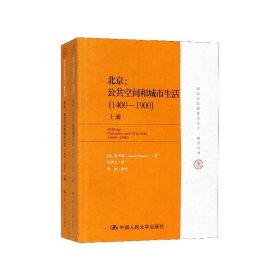
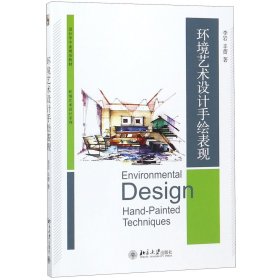
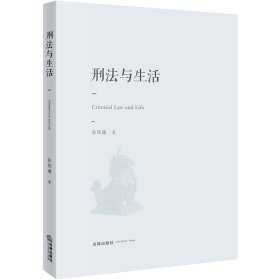
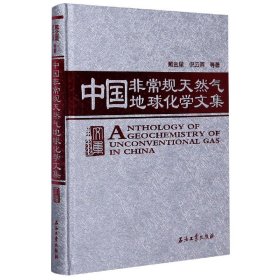
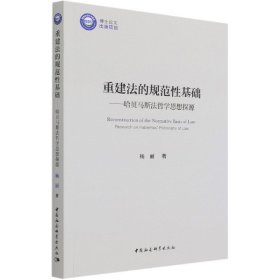
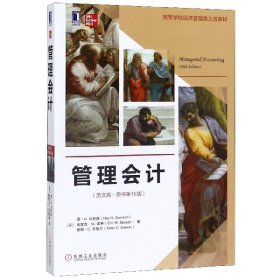
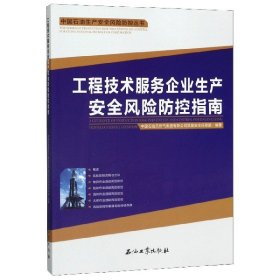
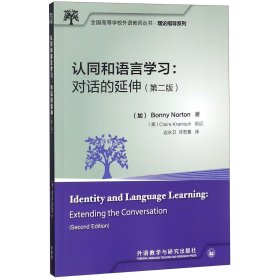
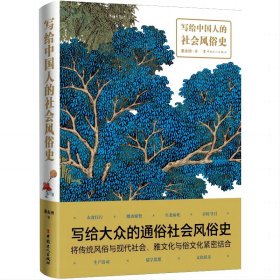

以下为对购买帮助不大的评价